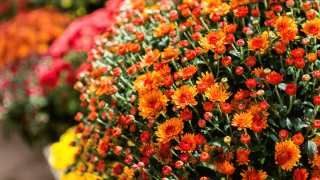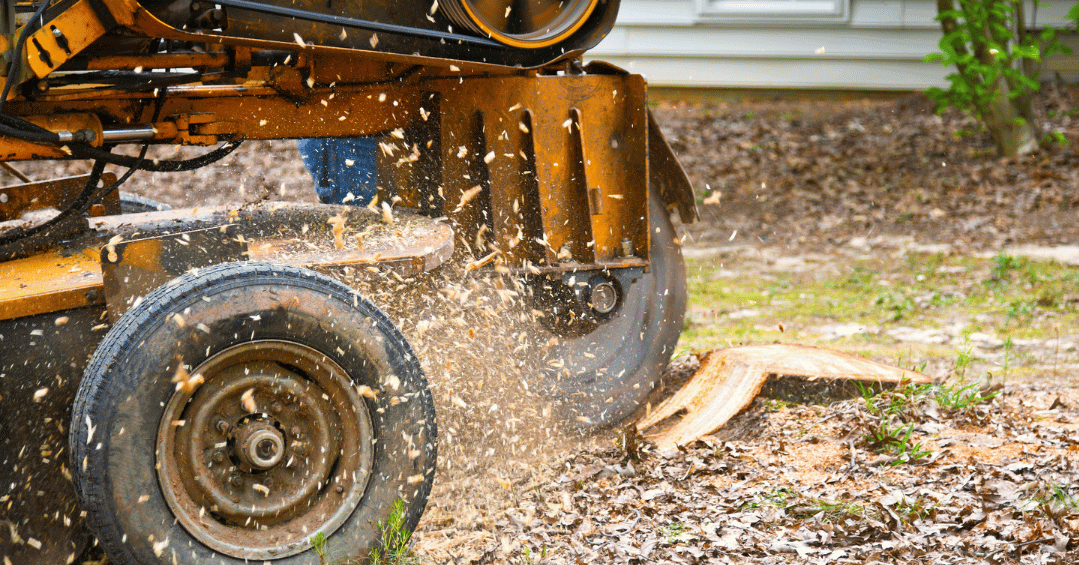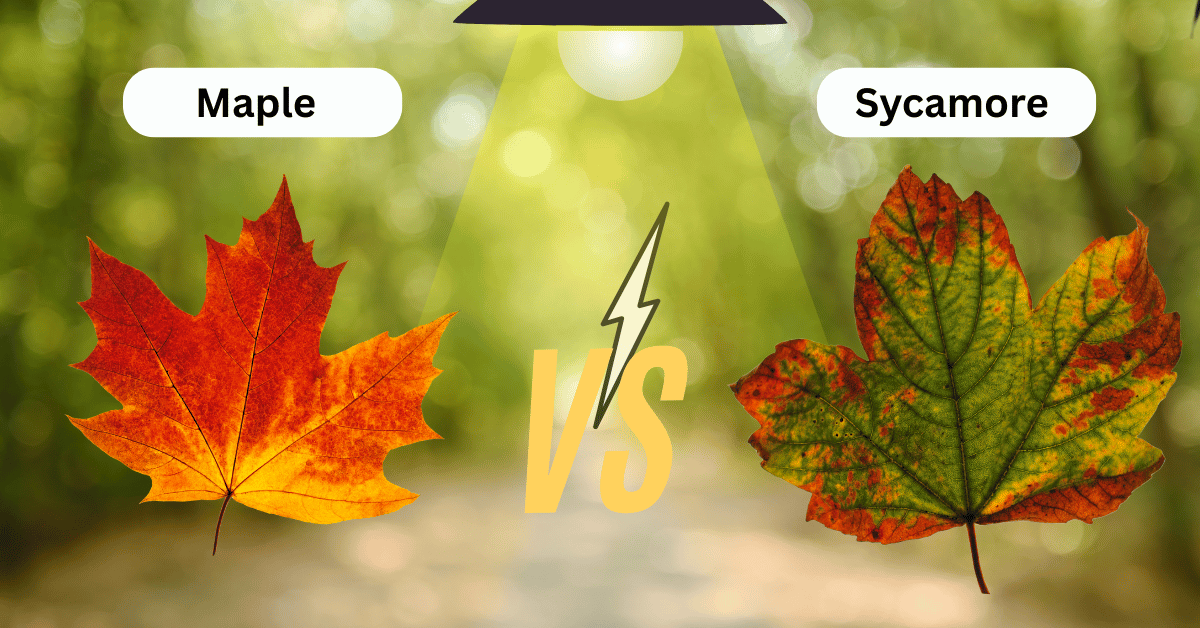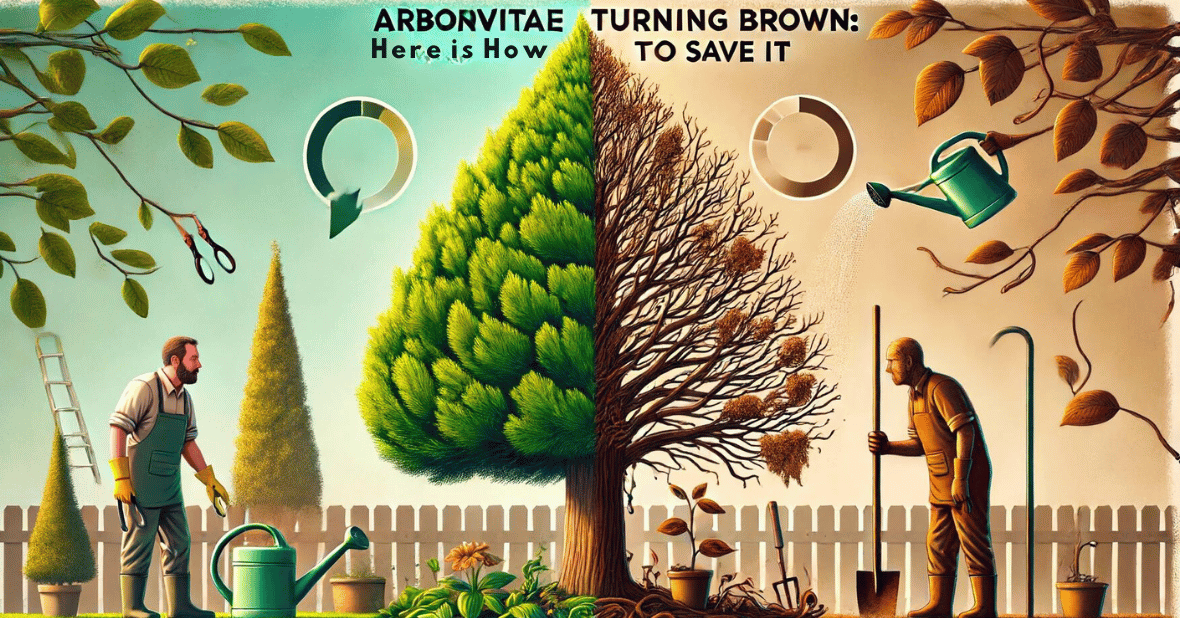As many homeowners inquire about the exact same subject:
Will my perennials always come back every year?
The brief response is: Yes, generally. However, there's far more to this than a simple "yes."
Let's explain it in layman terms.
Annuals vs. Perennials
Annuals typically live for only one growing season. In fact, you put them in the ground in the spring or summer, they produce flowers, and they die. As such, you must replace annuals each year.
On the other hand, perennials live for greater than two years. The moment you plant them, they continue to return each year, often larger and more productive than before. Their root systems remain active throughout the winter months. While some perennials may not flower the first year after planting, many require some time to become established.
The biggest distinction among annuals and perennials lies in their life cycles.
Annuals = flower, die.
Perennials = go dormant in the winter and bloom again in the spring.
You'll likely find that perennials return year after year to the same areas of your garden, particularly if you treat them well.
What Impacts the Ability of a Perennial to Return Year After Year?
While not every perennial makes it through an entire winter, there are a few factors which can prevent this:
- Climate: If the perennial doesn't tolerate cold temperatures, it may perish once the temperature drops.
- Check the USDA Hardiness Zone number on the plant label when purchasing at a nursery.
- Repetitive freeze/thaw cycles can also harm roots. If your soil freezes and thaws excessively, the plant may not survive.
- Sunlight/Shadow: Each type of perennial prefers sunlight or shadow. For example, placing a shade-loving perennial in full sunlight could potentially kill it.
- Pre-winter watering: Before the ground freezes, give your perennials a drink.
- Care and Maintenance: Properly caring for your perennials (deadheading, cutting back, etc.) will assist in their survival.
A small percentage of perennials are naturally short-lived. These may only be able to return for 2–3 years; whereas, others can return for decades.
How Long Do Perennials Live?
Perennials can live for quite a while. Here are some examples:
- Peonies: 50–70 years — they're worth the wait, as they can provide decades of enjoyment.
- Gas Plants (Dictamnus): Another long-lived perennial that establishes slowly.
- Hostas and daylilies: Most people enjoy these varieties for decades, with proper care.
Examples of shorter-lived perennials:
- Biennials (foxglove): These plants only live for two years. They grow during the first year and bloom the second year, after which they perish.
- Short-lived perennials: Some may only last 2–5 years. Dividing or transplanting may extend their lifespan.
How long a perennial lives depends greatly upon the quality of the soil, the climate, and whether or not the plant is free of pests.
Caring for Perennials to Ensure They Return Each Spring
If you would like to increase the chances of your perennials returning year-after-year, you should properly care for them.
Here are some easy steps:
- Apply mulch to the perennials in the late fall. Mulch helps protect the roots of your perennials from extreme weather conditions.
- When planting, use organic garden compost. Compost provides nutrients to the roots of your perennials.
- Provide water for your perennials whenever they are experiencing drought.
- Remove dead flower heads to promote additional blooms.
- Cutback or prune your perennials prior to the onset of winter or in the spring.
- Support taller perennials using plant stakes.
- Trim your perennials to maintain a bushy shape.
- Overwinter plants that are only marginally cold-hardy by employing the appropriate techniques.
- Divide mature perennials approximately every 3 years to restore their vitality.
Maintaining your perennials properly can make a huge difference in their ability to return year-after-year.
Patterns of Blooming Throughout the Seasons
Perennials bloom at different seasons. This is one of the best qualities of perennials!
- Spring blooming: Bleeding Heart, Creeping Phlox, Peonies.
- Summer blooming: Bee Balm, Coneflowers, Daylilies.
- Fall blooming: Russian Sage, Astor, Sedum.
- Rare winter blooming: Hellebore.
To add color to your garden throughout the year, simply mix the timing of the blooming seasons together. To provide prolonged blooms, select long-blooming or reblooming perennials. Remove deadheads from your perennials to prolong bloom time.
Choosing Perennials for Your Yard
Every perennial is not suitable for every yard.
Here are several items to consider:
- Light: Will your yard receive full sun, partial shade, or complete shade?
- Soil: Is your soil well-draining? Is it clay-based or sand-based?
- Moisture: Are you looking for drought-resistant plants or plants that require regular moisture?
- Blooming Season: Would you like spring color, summer drama, or autumn interest?
- Level of Care: How much maintenance do you want to perform on your perennials?
- Appearance: Are you interested in foliage? Do you want plants that provide beauty regardless of whether they are in bloom?
Some popular options include:
- English Lavender (sun-loving, aromatic)
- Hydrangea (shrubby, works well in partial sun)
- Bee Balm (pollinator attractant)
- Hostas (shade-lovers)
- Daylily (easy-to-care-for, low maintenance)
- Penstemon, Salvia, Scabiosa (good alternatives)
For optimal performance, make sure to choose the correct plant for the USDA hardiness zone where you reside.
Variety Types & Popular Perennials
There are numerous types of perennials available to choose from. Some of the most widely used varieties are:
- Lavender (Lavandula): Drought-tolerant, sun-loving, and fragrant.
- Peonies: Large blooms, extremely long lived.
- Bee Balm: Hummingbird and bee attracting, reliable bloomer.
- Gas Plants (Dictamnus): Unusual, rare, and extremely long-lived.
- Hardy Geraniums: Compact, spreading, and durable.
- Daylily: Reliable bloomer with many color options.
- Spiked Speedwell: Adds both verticality and color.
- Dianthus (Pinks): Fragrant and endearing.
Combining various types of perennials for color, texture, and pollinator appeal is possible.
Conclusion
So, do perennials come back every year?
Yes — almost always, provided you've planted the correct varieties and taken proper care of them.
At Strobert Tree Services, we work with homeowners to make informed decisions regarding tree and shrub plantings. We believe that healthy trees, shrubs, and perennials contribute to more robust landscapes. If you need assistance with your yard, we're here to help.
Let us help create a thriving, year-round garden for you.
Contact us now at 1-800-TREE-SERVICE.
Our experts can help improve your landscape to live longer, and look beautiful.











